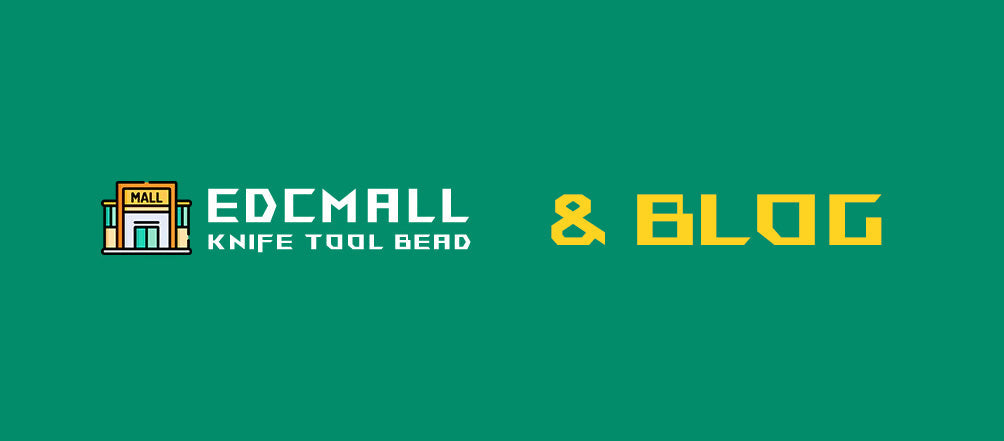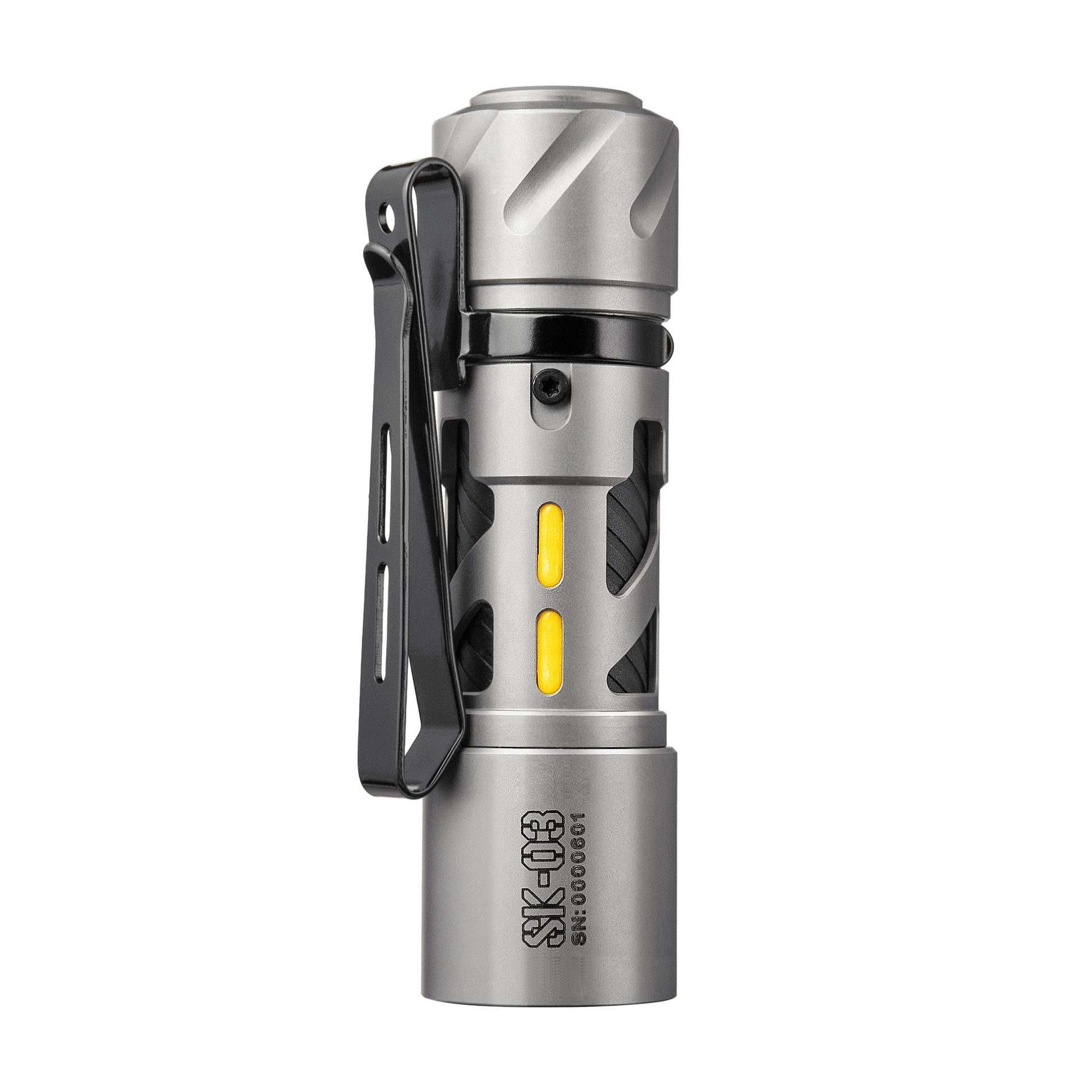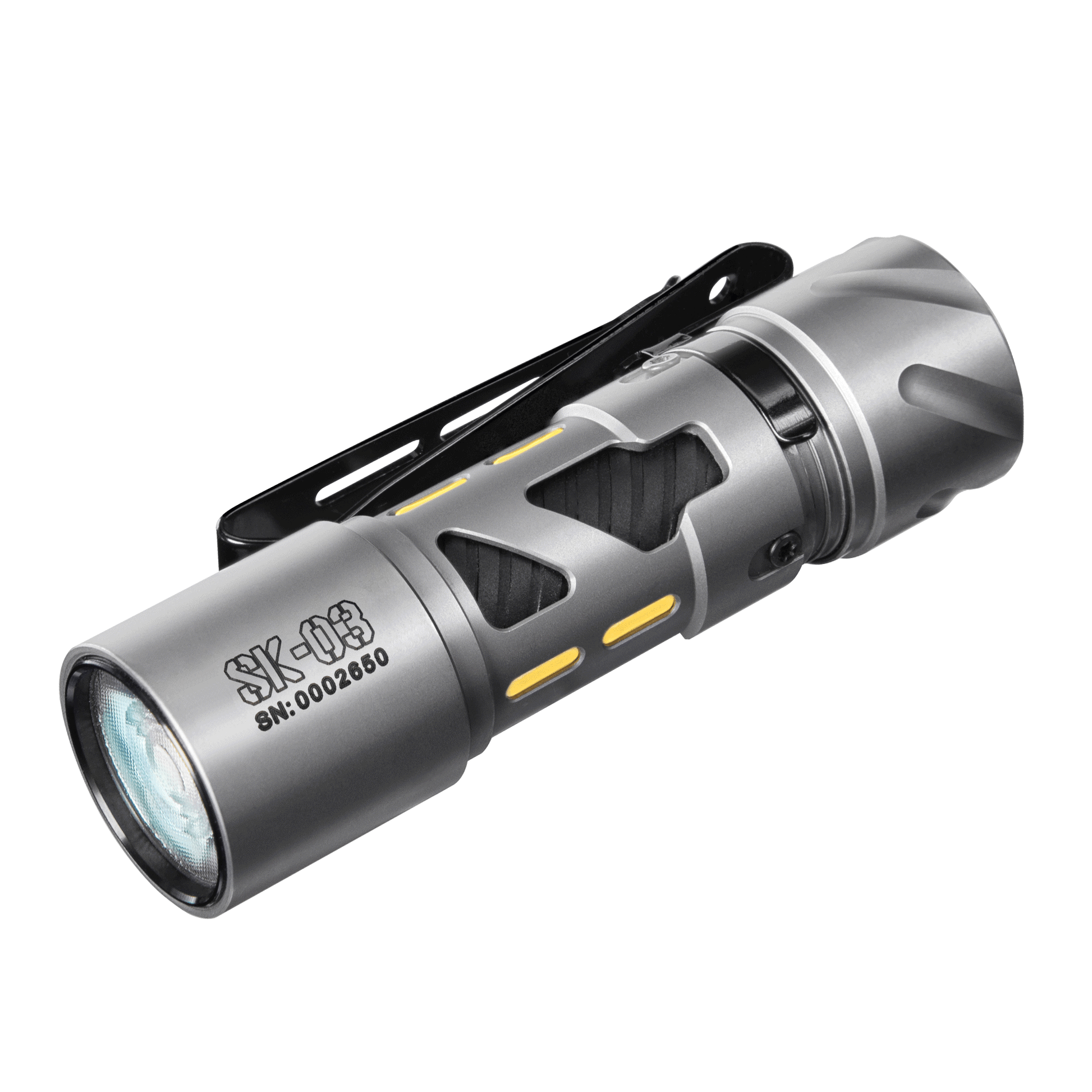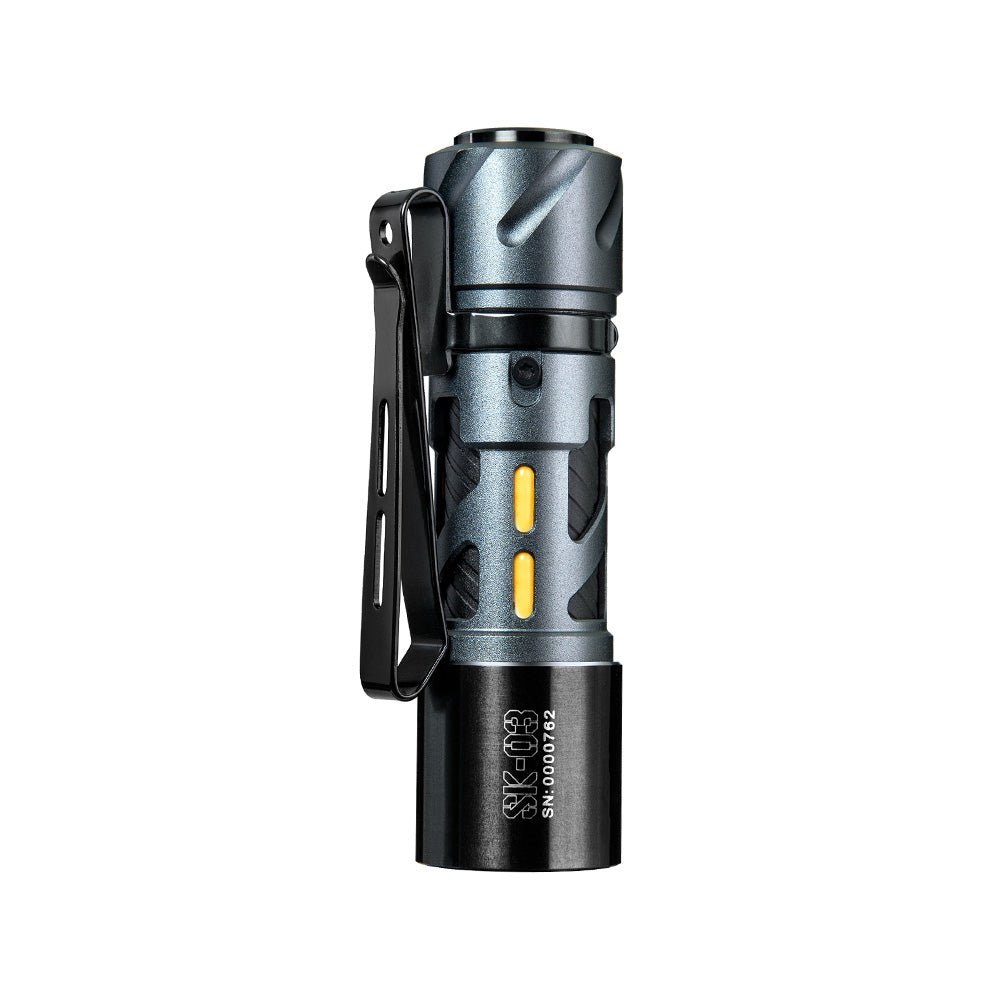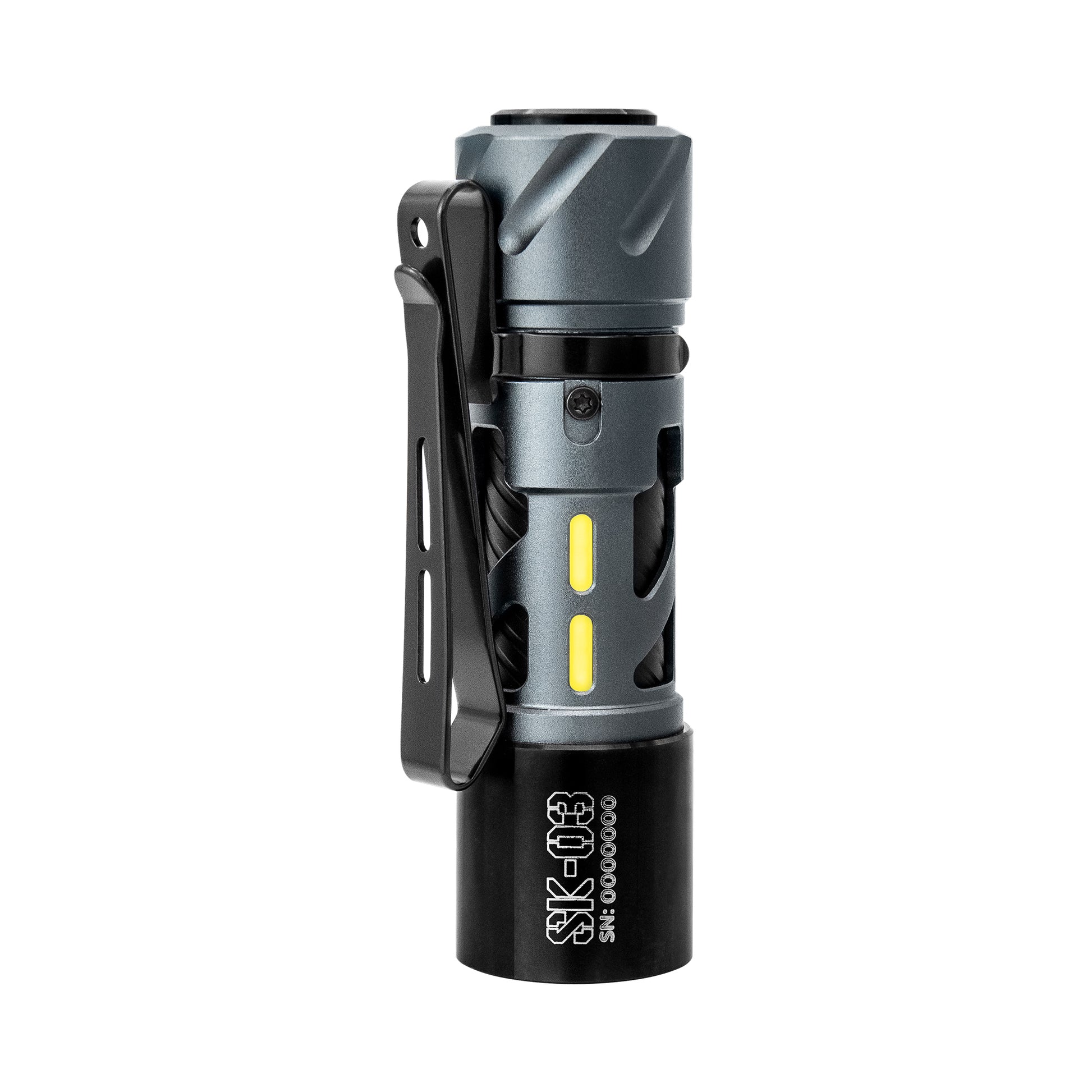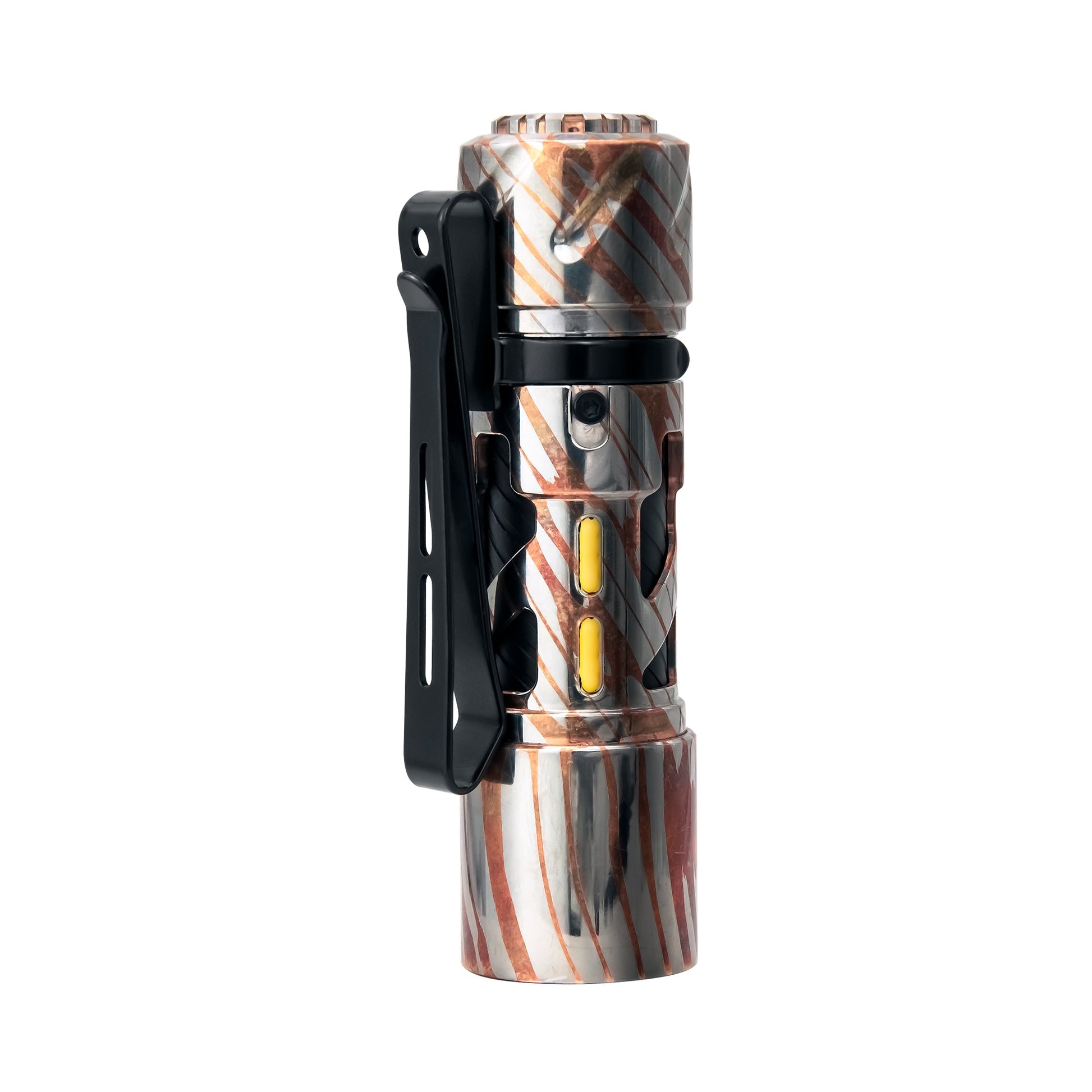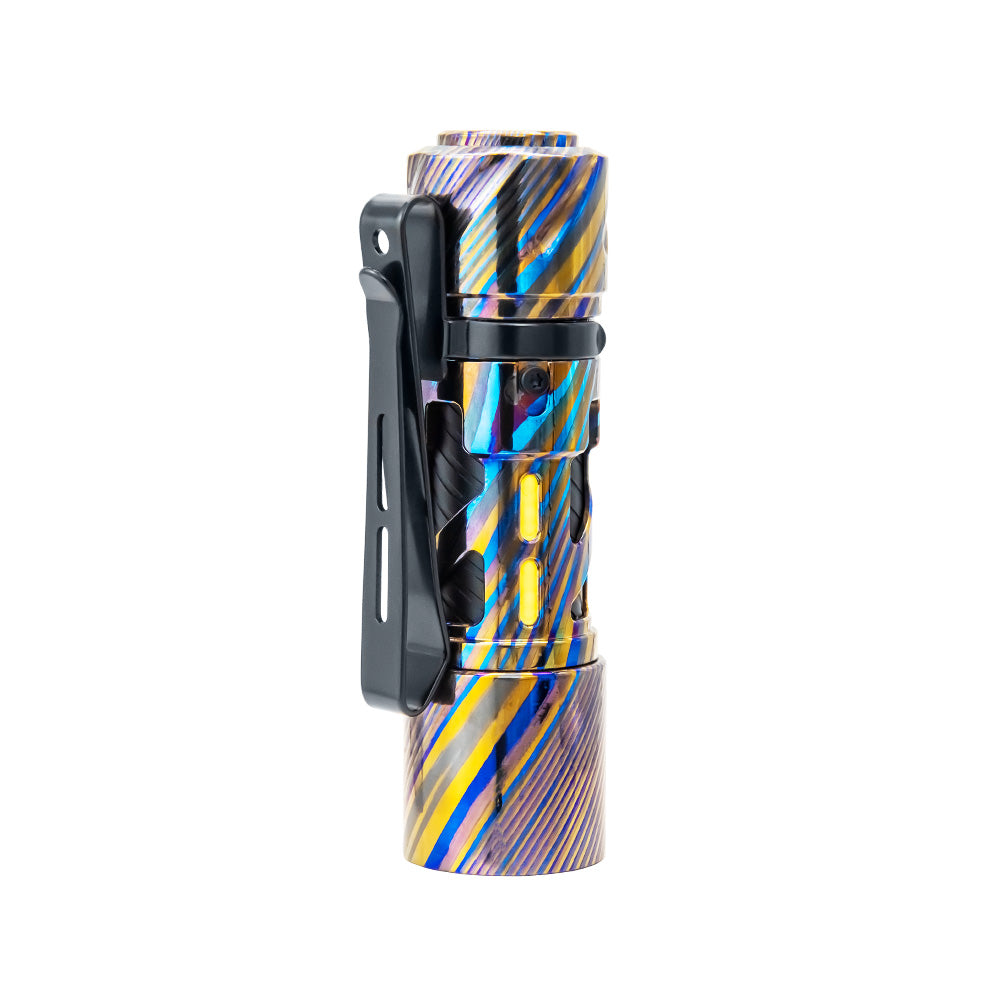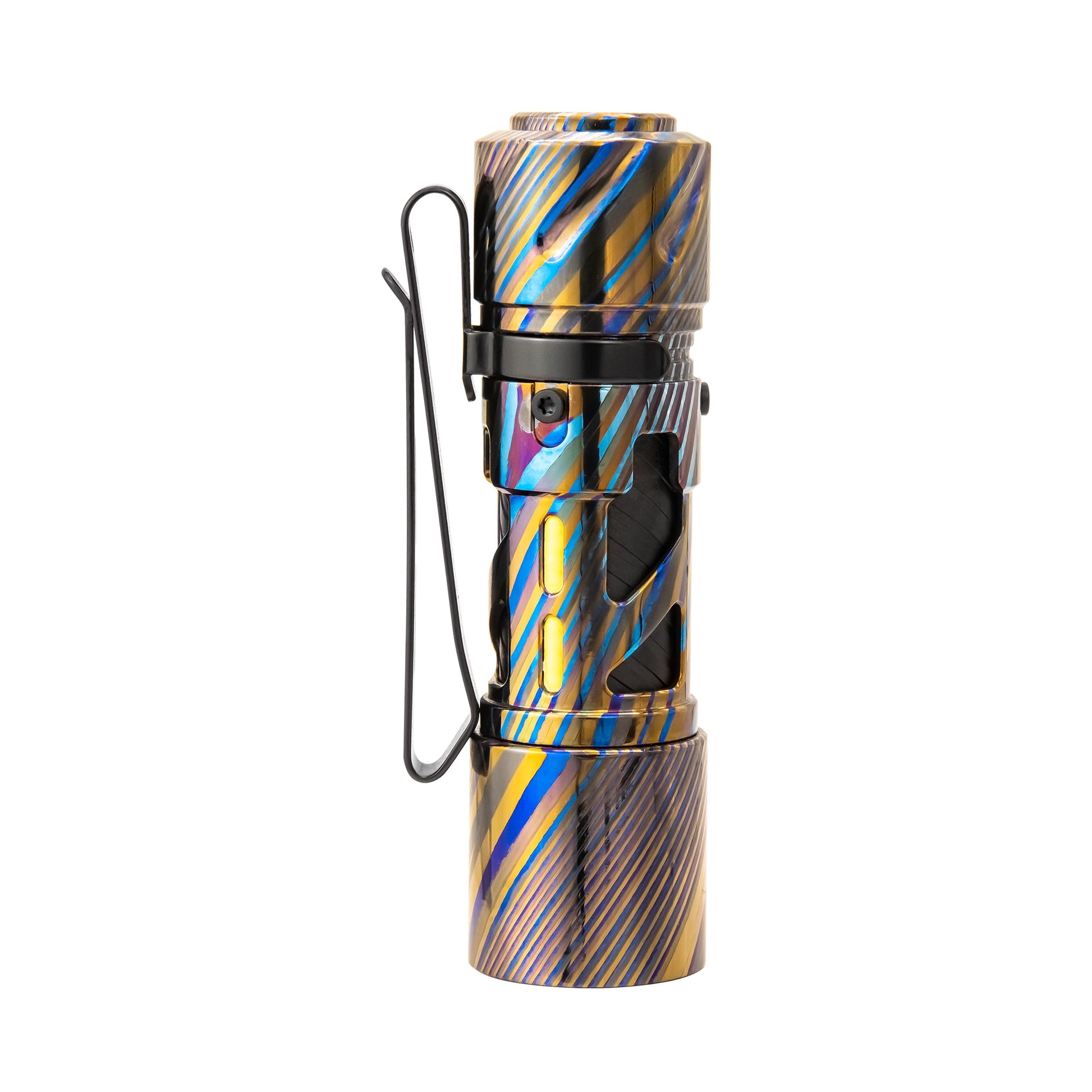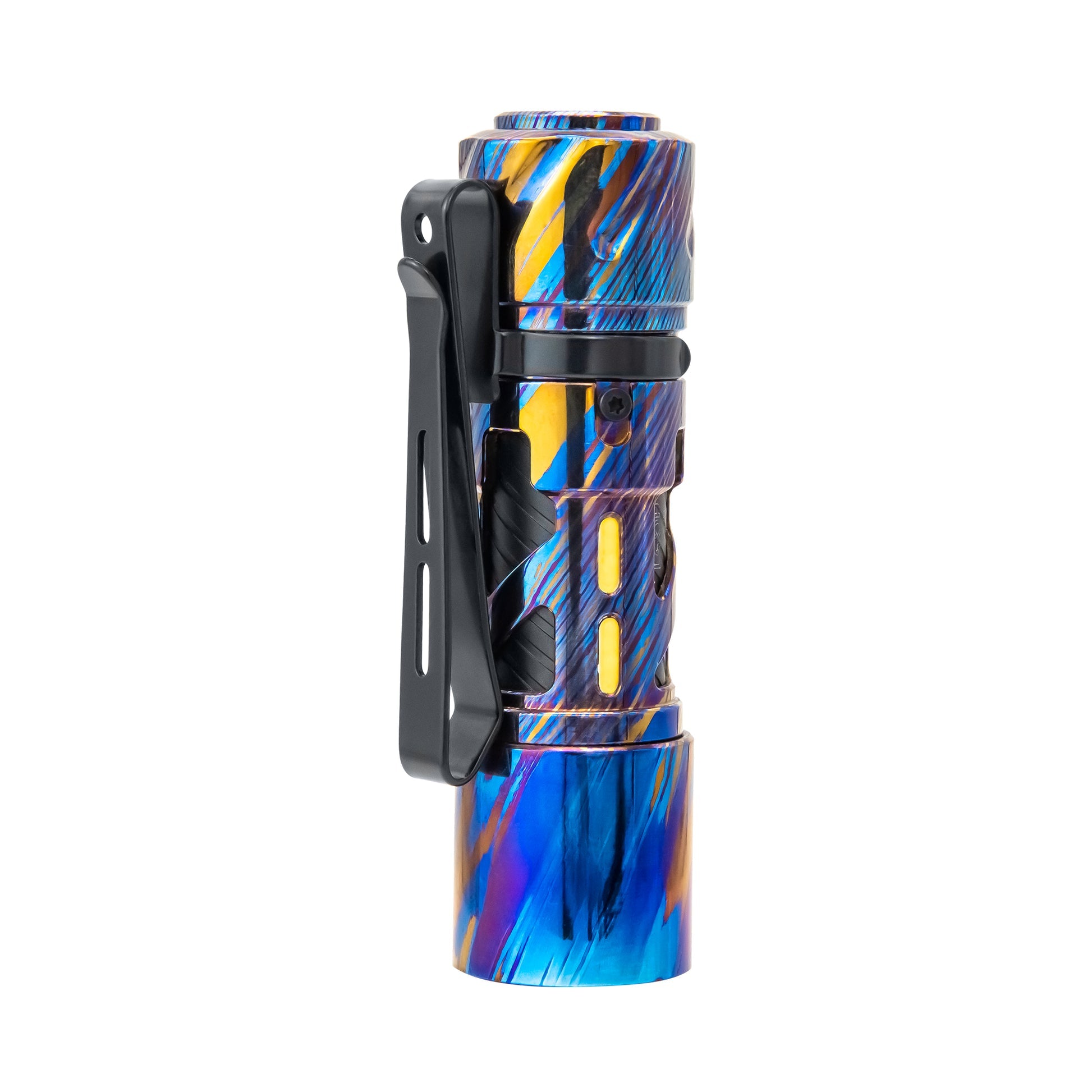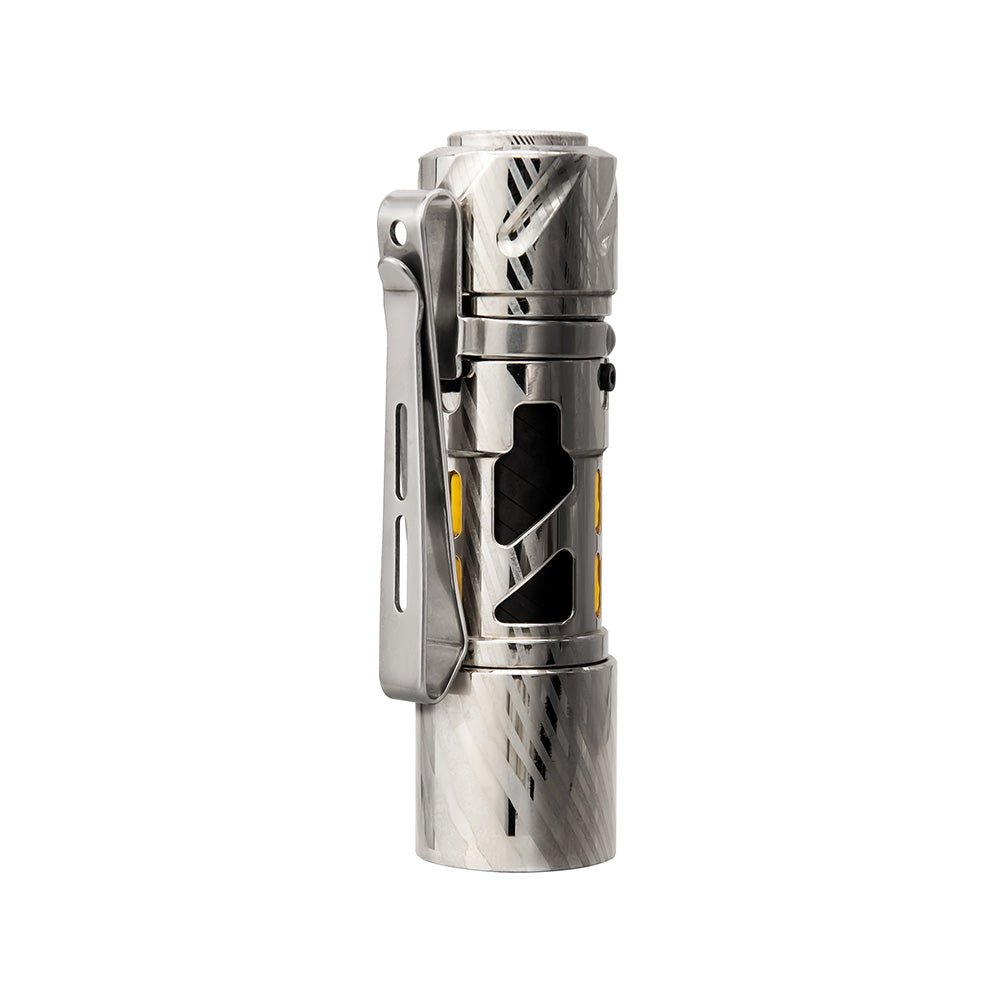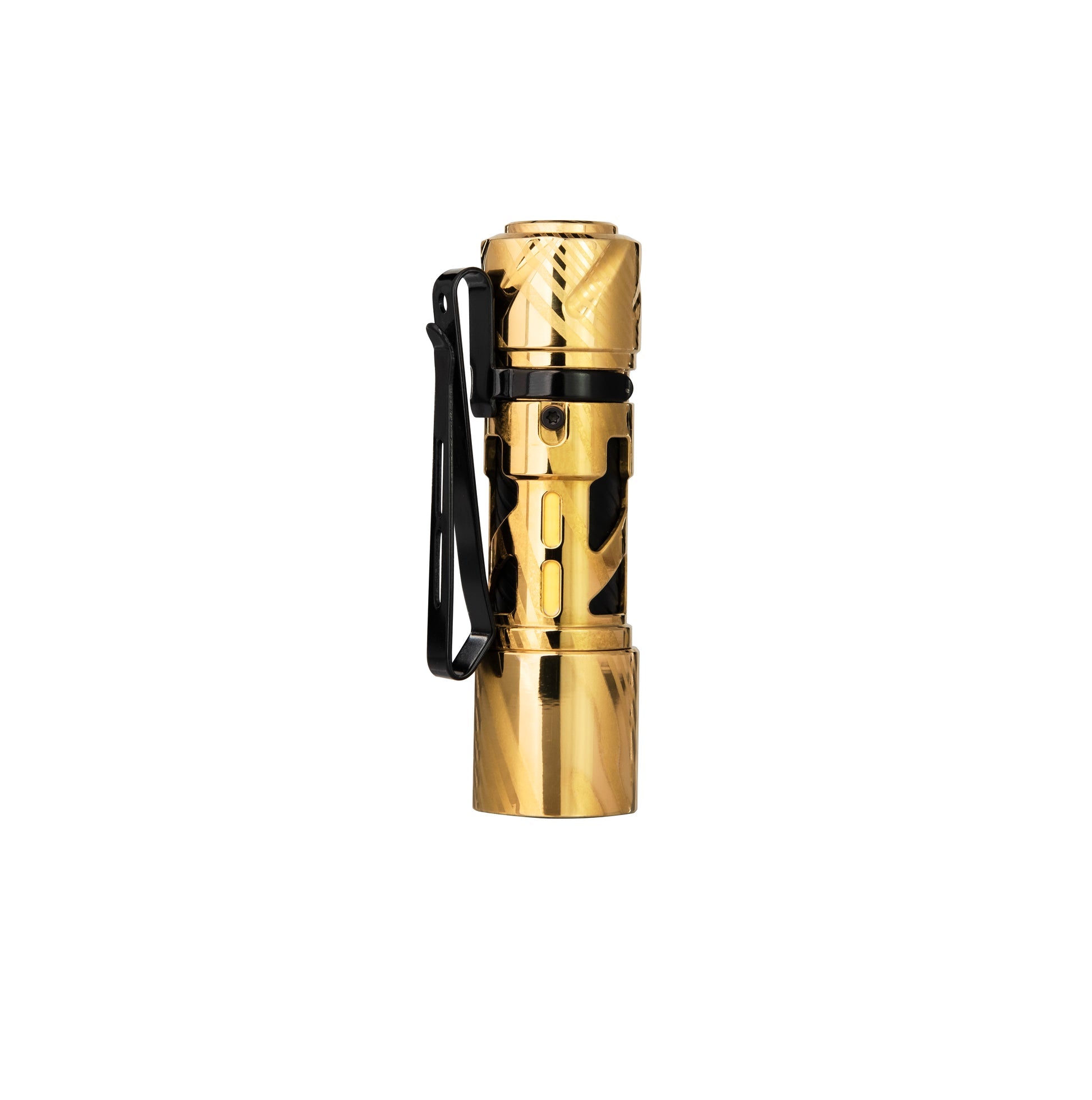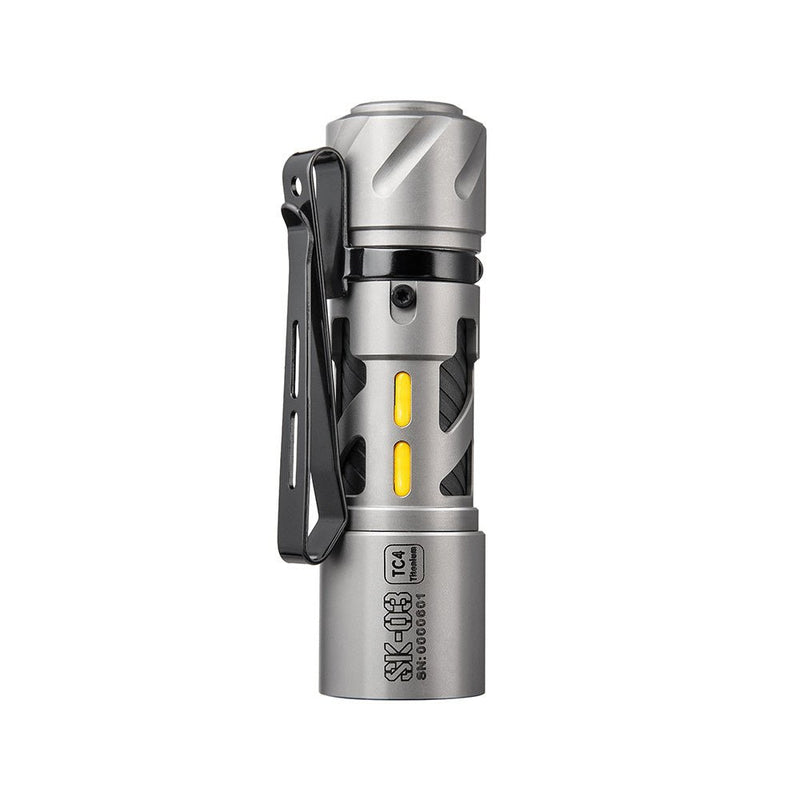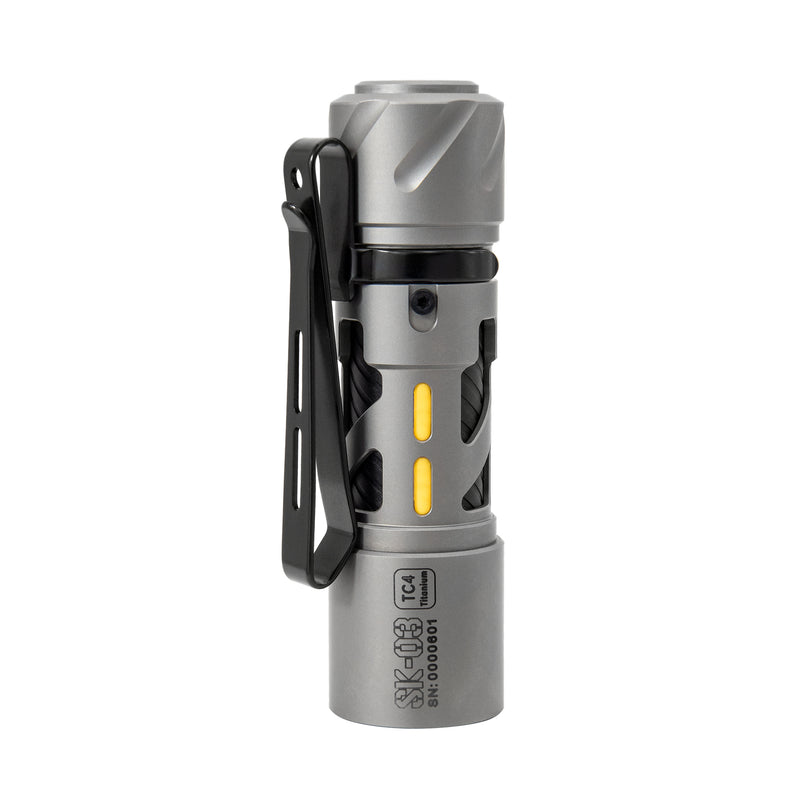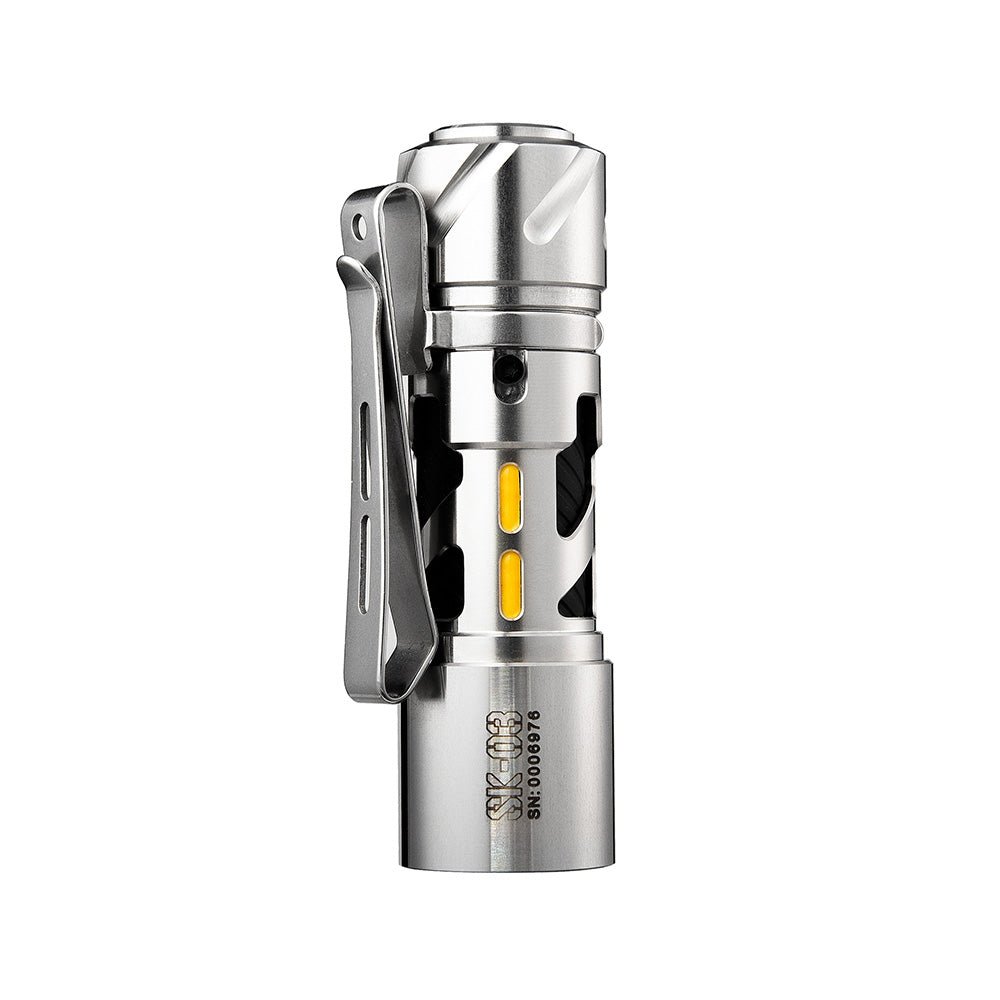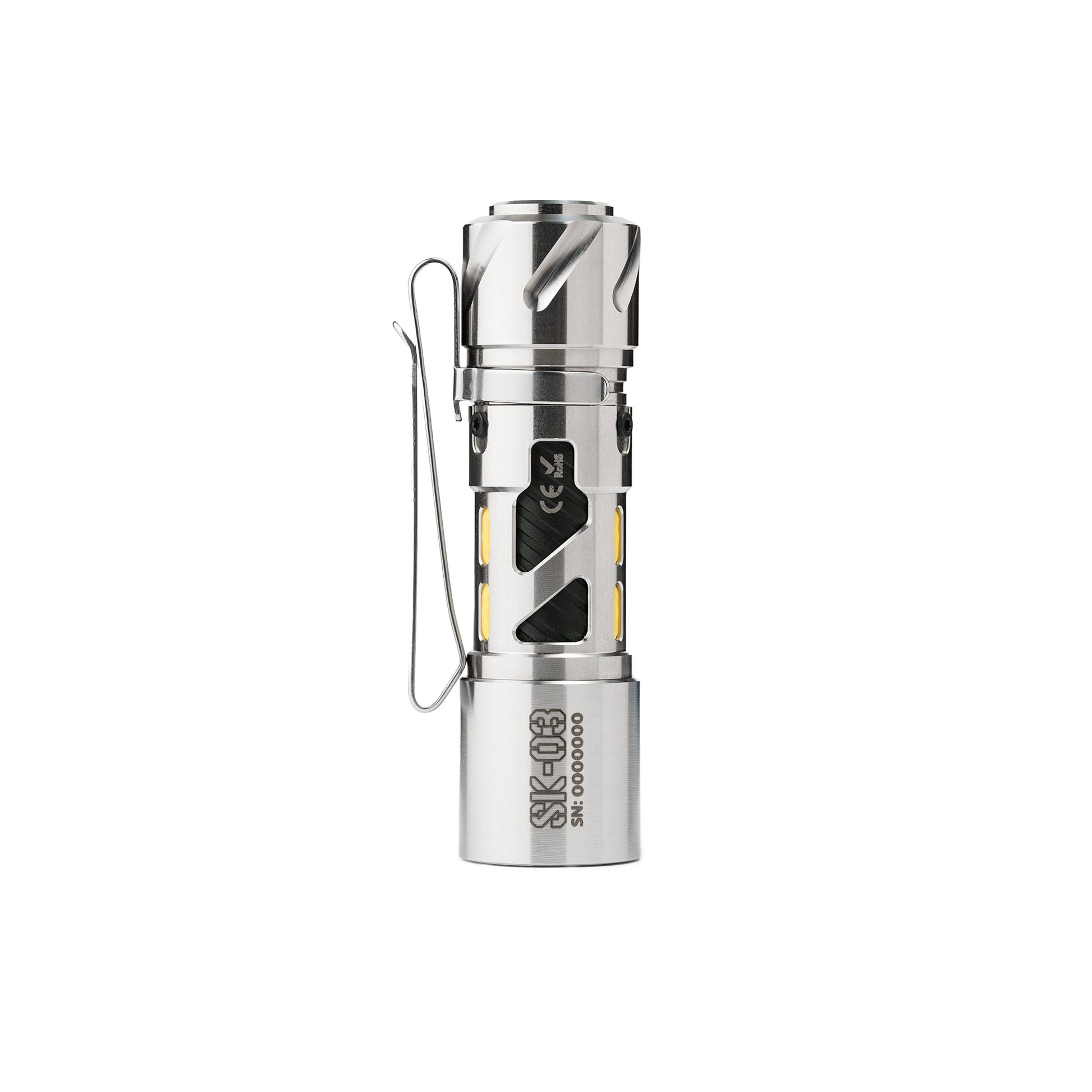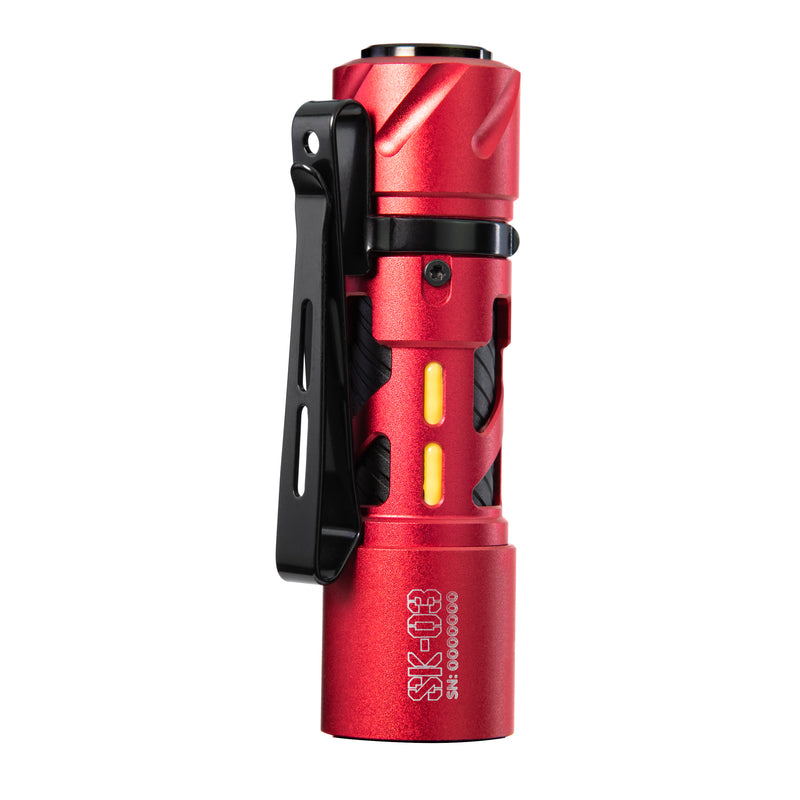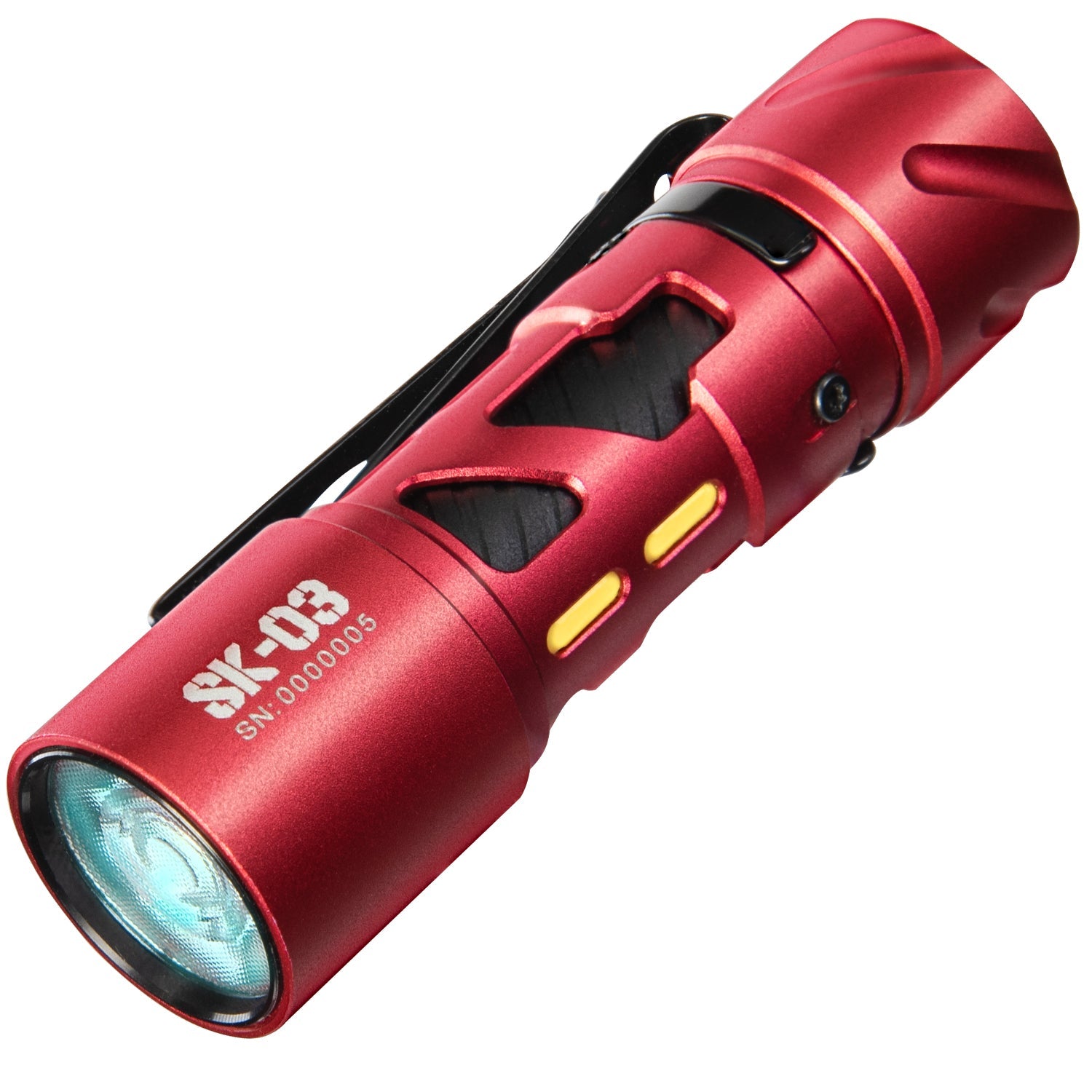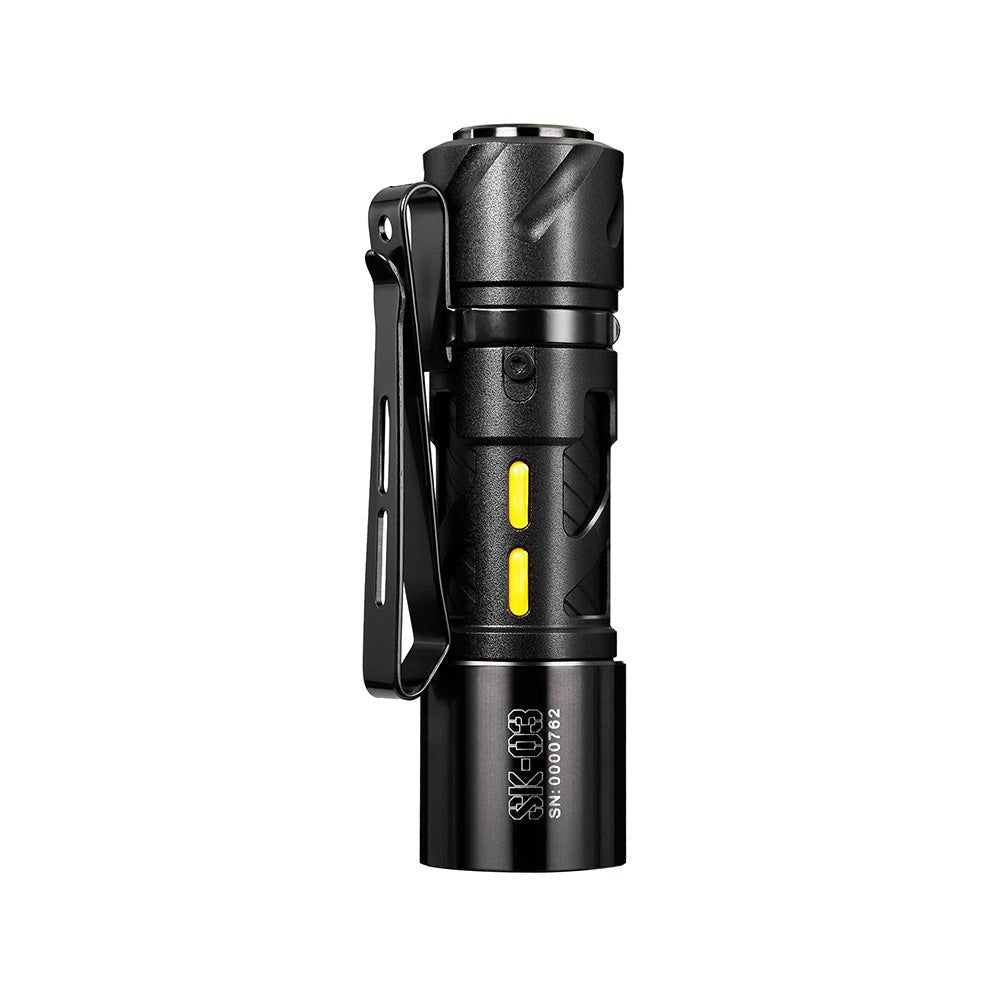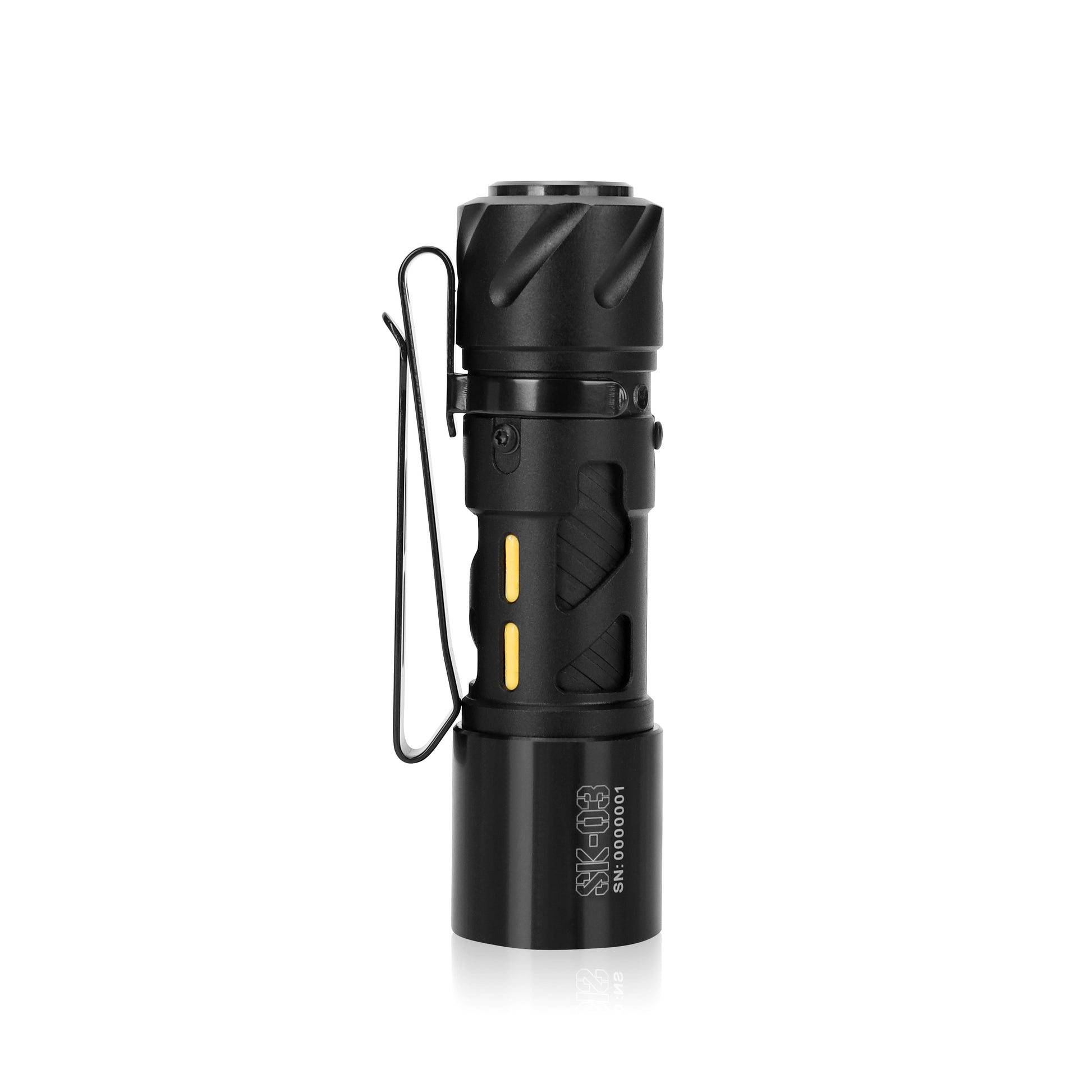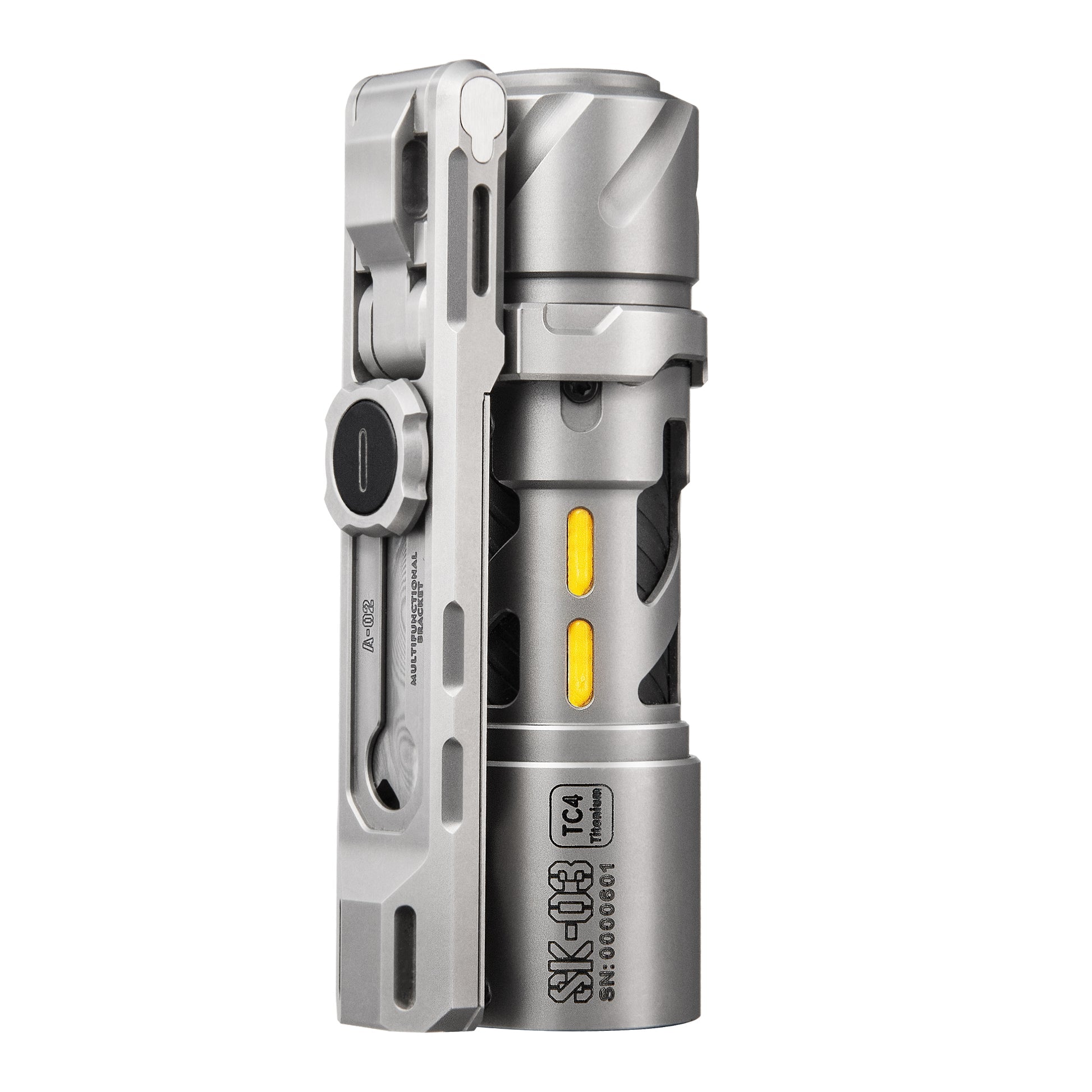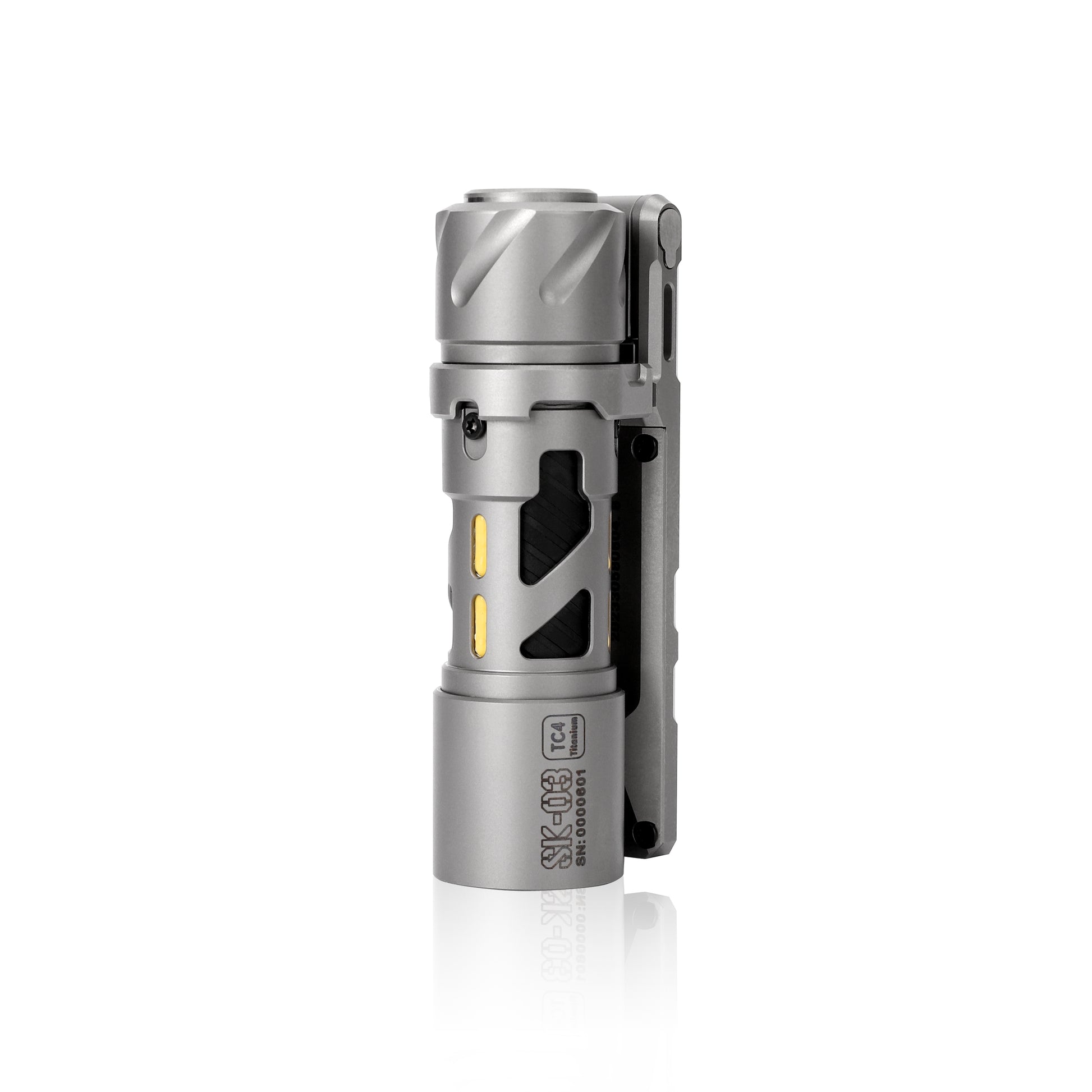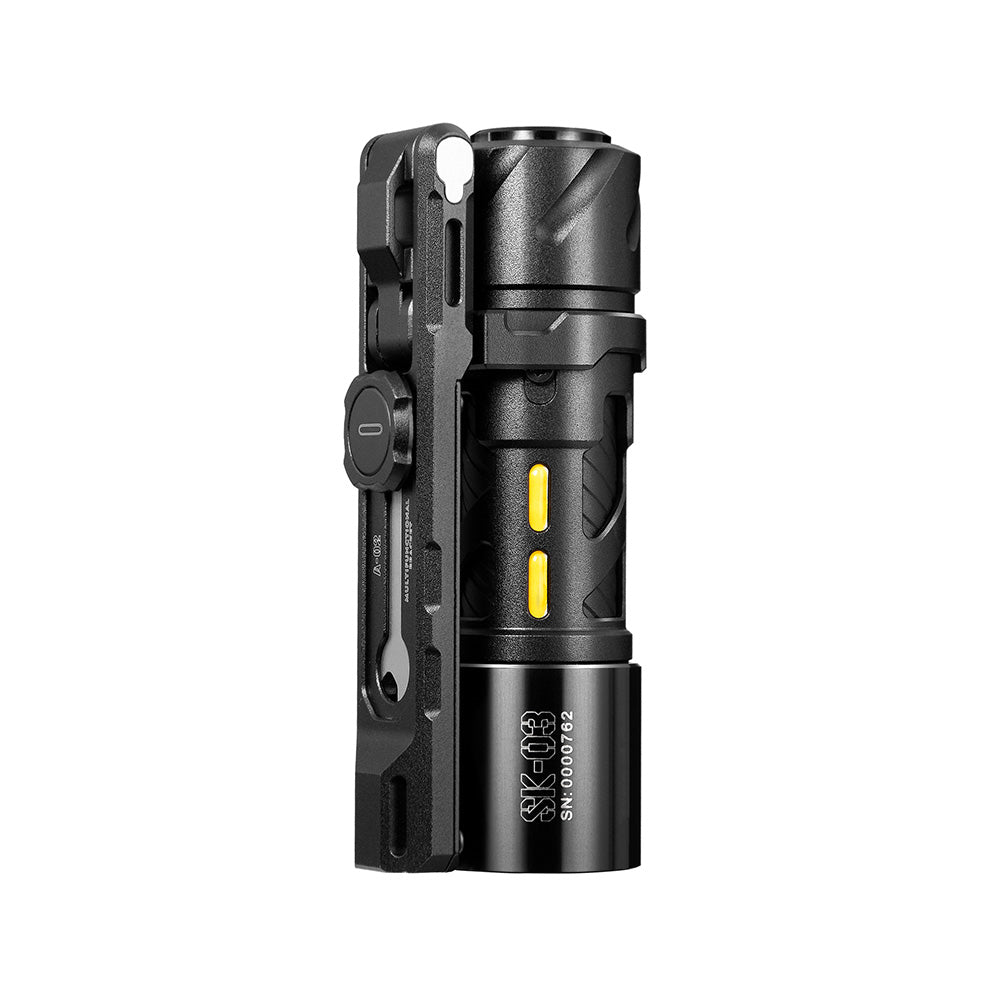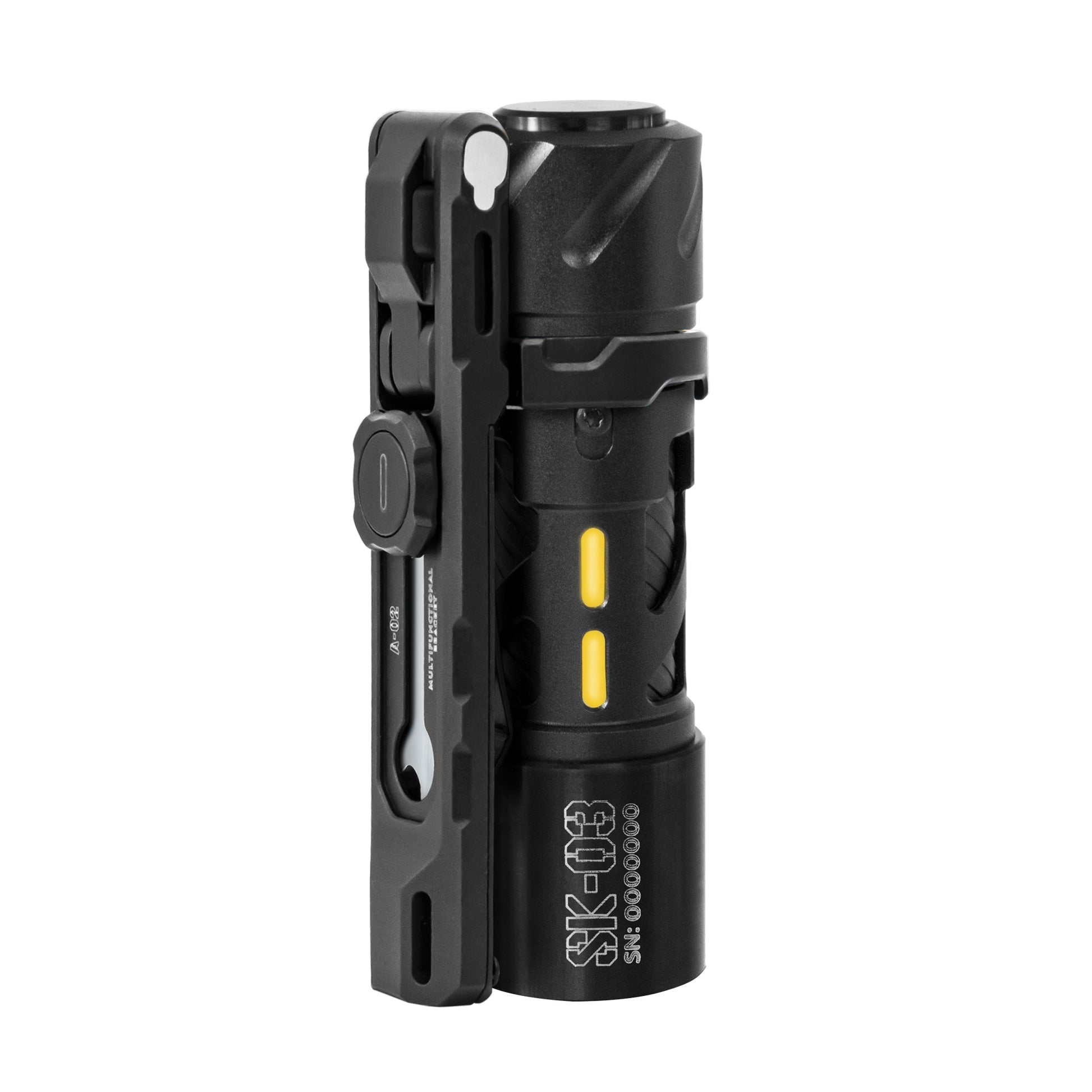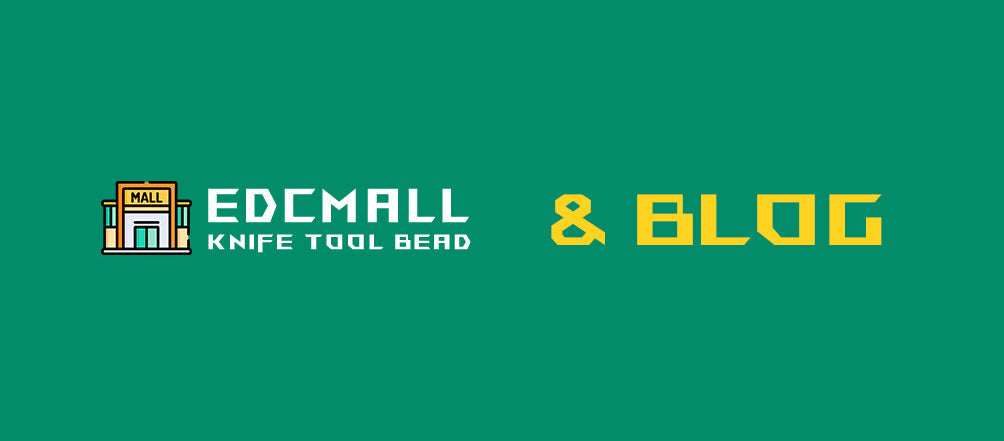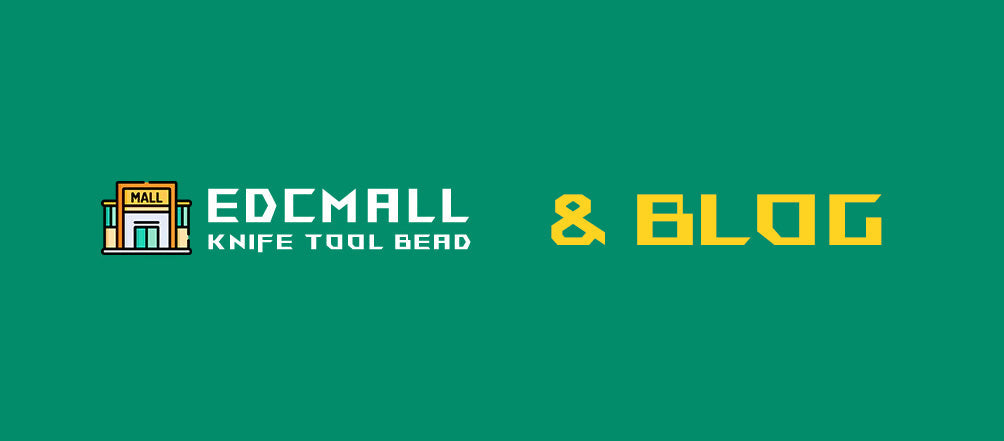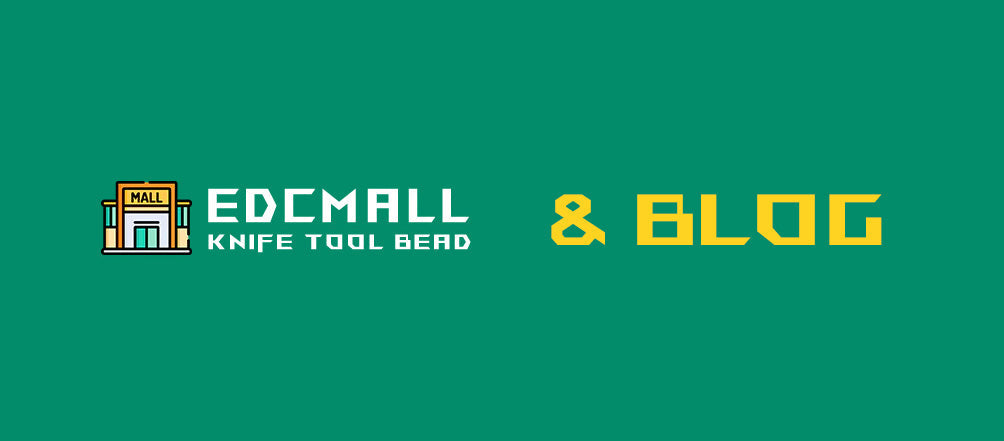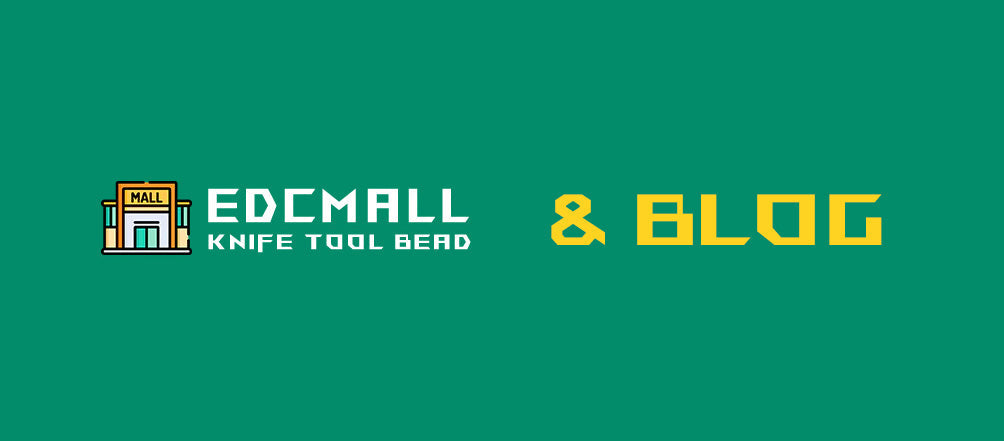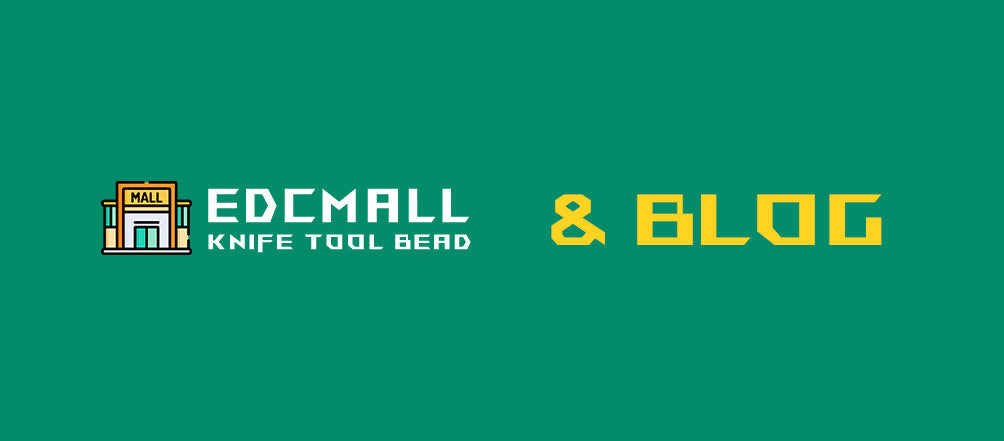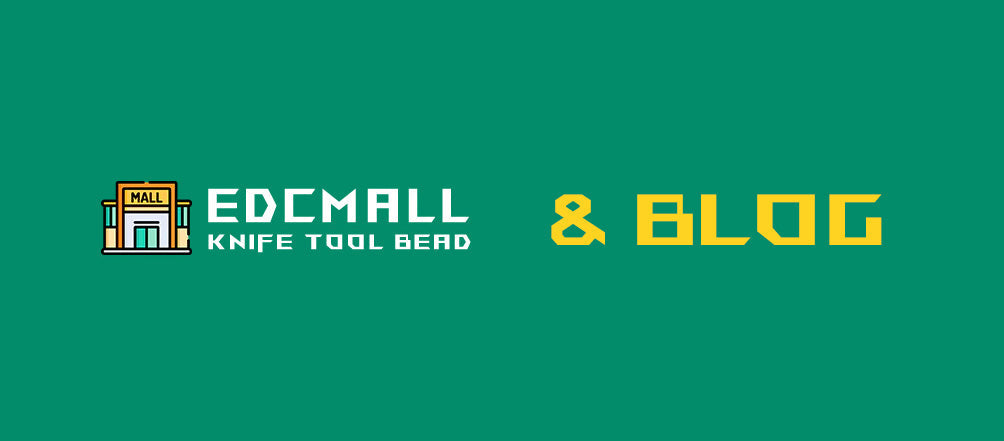Compared to S30V, 14C28N steel may not offer the same edge retention and hardness level due to the relatively lower carbon content. However, it holds its ground in terms of corrosion resistance thanks to its substantial chromium content. Moreover, 14C28N has a distinct advantage in sharpenability.
When it comes to choosing the right steel for your knife, the options can be overwhelming. Two popular choices among knife enthusiasts are 14C28N and S30V steel. But what sets these two types of steel apart? Let's delve into the key differences between 14C28N and S30V to help you make an informed decision.
Composition and Properties
14C28N is a Sandvik stainless steel known for its high hardness and excellent corrosion resistance. It contains a higher percentage of chromium and nitrogen compared to many other steels, making it highly resistant to rust and staining. On the other hand, S30V steel is a premium powder-made steel that is renowned for its exceptional edge retention and wear resistance. It contains a unique blend of carbon, vanadium, and chromium, giving it superior performance in cutting tasks.
Hardness and Toughness
When it comes to hardness, S30V steel takes the lead with a Rockwell Hardness rating of around 58-61 HRC, making it extremely wear-resistant and able to maintain a sharp edge for extended periods. In comparison, 14C28N steel typically has a hardness rating of 55-62 HRC, offering a good balance between hardness and toughness for everyday use.
Edge Retention and Sharpening
S30V steel is known for its exceptional edge retention, meaning it can hold a sharp edge for a longer time compared to 14C28N steel. However, this also means that S30V steel can be more challenging to sharpen for inexperienced users. On the other hand, 14C28N steel is easier to sharpen and maintain, making it a popular choice for those who prefer ease of maintenance.
Price and Availability
Due to its premium quality and superior performance, S30V steel tends to be more expensive than 14C28N steel. If you are on a budget or looking for a more affordable option, 14C28N steel might be the better choice for you. Additionally, the availability of knives made with S30V steel may be more limited compared to those made with 14C28N steel.
In conclusion, both 14C28N and S30V steel have their own strengths and weaknesses, making them suitable for different preferences and needs. Whether you prioritize edge retention, ease of sharpening, or corrosion resistance, understanding the differences between these two types of steel can help you select the best option for your specific requirements.

